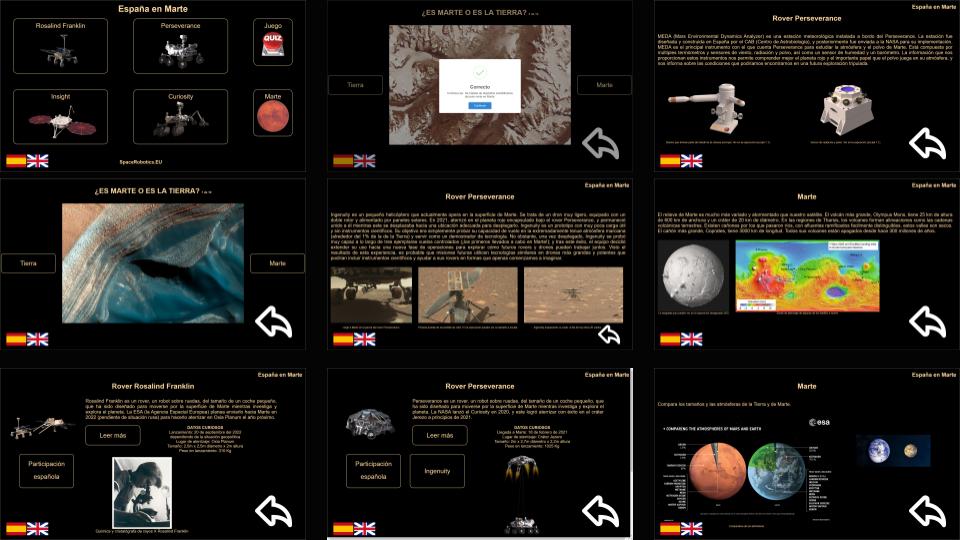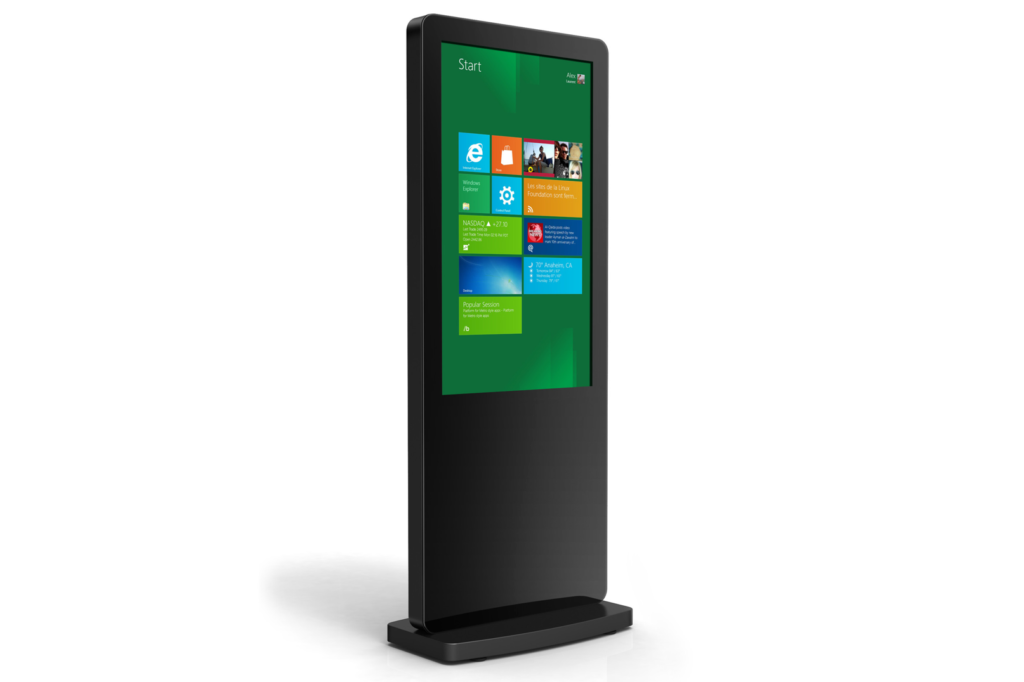Interactive modules are a very useful tool to improve the visitor experience in museums and other cultural institutions. At Nubalo Studios S.L., we have developed a series of software for interactive modules that have been used in different museums and exhibitions. One of our latest projects has been the development of an interactive screen software for the “Spain in Mars” exhibition, which is currently at the Lunar Museum.
This software is designed to enhance the visitor experience through interactivity and immersion in the content of the exhibition. It includes a series of games and interactive activities that allow the visitor to learn about the history and science behind the exploration of the red planet. In addition, the software is designed to adapt to different levels of knowledge and ages, making it accessible to all visitors.

As for the user interface technologies we use, we have opted for intuitive and easy-to-use technologies. For example, we use touch screens and gestures so that the visitor can interact with the software in a natural and simple way. We have also integrated elements of augmented and virtual reality in some of the software activities, which allows the visitor to experience the content of the exhibition in a more immersive way.
Another important aspect is accessibility. We have ensured that our software is accessible to all visitors, regardless of their level of skill or disability. This includes the integration of high-contrast options and text-to-speech for those with visual impairments, as well as the option to adjust the size of the text and interface to meet the individual needs of each user.
In addition to these features, our software also includes a tracking system that records all user movements and actions over time. This allows us to create statistics on software usage and helps us improve the visitor experience in the future.
Finally, it is important to mention that the software is visually designed in an attractive way, with high-quality graphics and animations and sound and music effects to further enhance the visitor’s immersion in the content of the exhibition.
Our interactive screen software for the “Spain in Mars” exhibition is a very useful tool to improve the visitor experience at the Lunar Museum. Thanks to its interactivity, attractive design, and accessibility, visitors can learn about the history and science of the exploration of the red planet in an enjoyable and fun way. In addition, the tracking system allows us to collect statistics on software usage and improve the visitor experience in the future.
Interactive screens
Interactive screens are a very useful tool for creating interactive modules in museums and other cultural institutions. These screens can be used to display multimedia content, such as images, videos, maps, and other information. Some interactive screens also allow direct user interaction, such as using touch sensors or integrating applications and games.
Interactive screens are available in different sizes and can be used in a variety of environments. Some screens are larger and suitable for areas with high foot traffic, while others are smaller and can be used in smaller areas. In addition, there are interactive screens that work with different operating systems, such as Android, Windows, and Linux, which allows for greater flexibility in choosing the right screen for each project.
Interactive screens are an excellent choice for creating interactive modules in museums and other cultural institutions. They offer a wealth of multimedia content and allow for user interaction, increasing audience participation and engagement. In addition, they are available in various sizes and operating systems, allowing for greater flexibility in their use.

